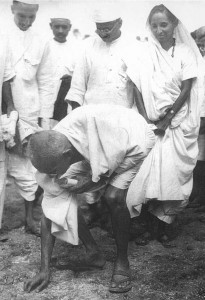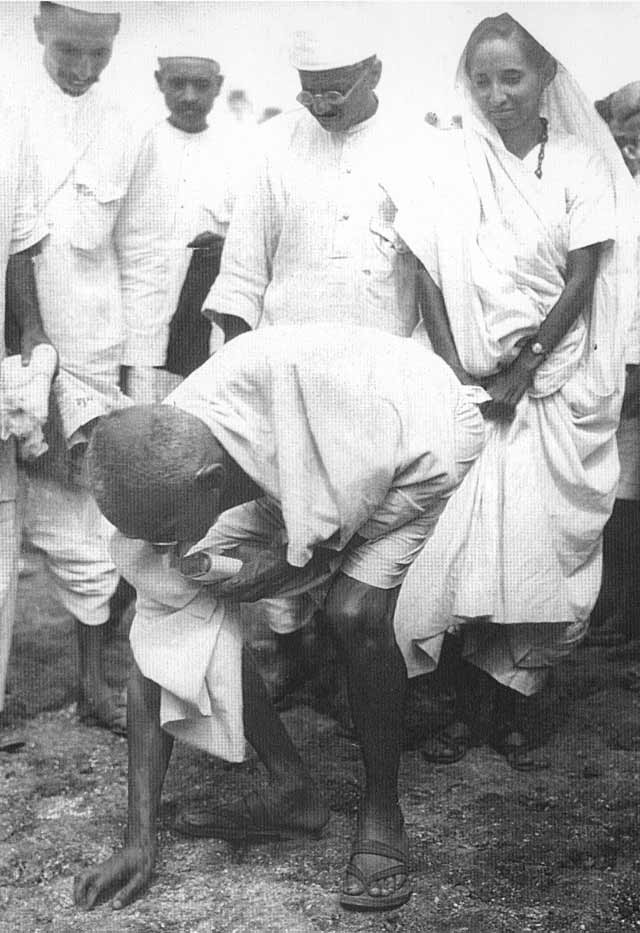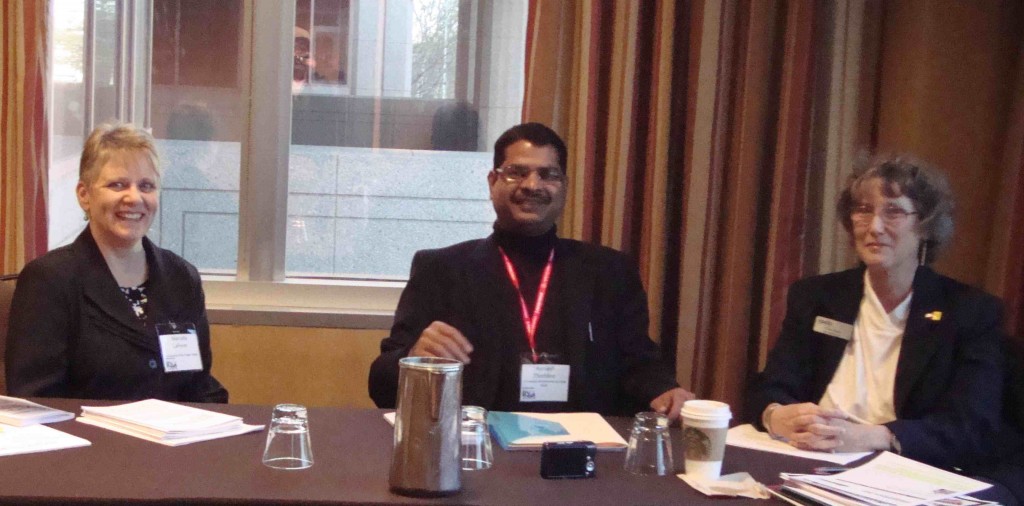I just attended a risk communication workshop put on by the BC Water and Waste Association. James (Jim) Hoggan, from the communication consultancy Hoggan and Associates and Chair of the David Suzuki Foundation inspired me to write this post.
Jim has been travelling around the world, interviewing communication reearchers, cognitive psychologists and spiritual leaders (even the Dali Lama) on public trust. Jim asked them all why, when all the scientific evidence points to the need for urgent, global environmental action, are we doing so little?
Jim has put all of this into a new book, The Polluted Public Square. He got the name for this book after talking to Dan Kahan from Yale’s Law School, who believes that public conversations can be polluted in the same way that the environment can be polluted.
Industry public relations experts and environmental advocates are jointly to blame for this polluted public square, according to Jim. He says that the polarization and disagreement we see from scientists, government, industry and advocacy groups on environmental issues is equivalent to hearing people shouting outside our homes. He quotes Linguistics professor, Deborah Tannen:
When you hear a ruckus outside your house you open the window to see
what’s going on. But if you hear a ruckus every night you close the shutters
and ignore it.
People are tuning out because environmental issues seem unsolvable, and while Jim doesn’t profess to have all the answers, he’s devoted a good chunk of the last few years trying to tune people back in to public debate. But communicating in a polluted public square requires us to take different approaches. Jim quotes Psychology professor Jonathan Haidt:
“I’m right, you’re wrong. Let me tell you what you should think” doesn’t
work because we all think we are right.
From Jim’s conversations with Haidt, he came to understand that humans are wired for ‘group righteousness’, and that we need to step outside this frame to reach others. Jim says that not demonising the opponent makes sense in theory but people have a hard time resisting. Harvard Public Policy lecturer, Marshall Ganz told Jim to watch Al Pacino’s locker room speech scene for inspiration.
Jim wants to see a compelling sustainability narrative that incorporates environmental information but also focuses on fairness and justice — an emotional dialogue. Jim says that people need to tell their own story and then tell the ‘story of us’ as a population and what we stand for. We won’t find this story without listening.
“Ghandi had salt to bring people together,” Jim says. “Find the salt.”



